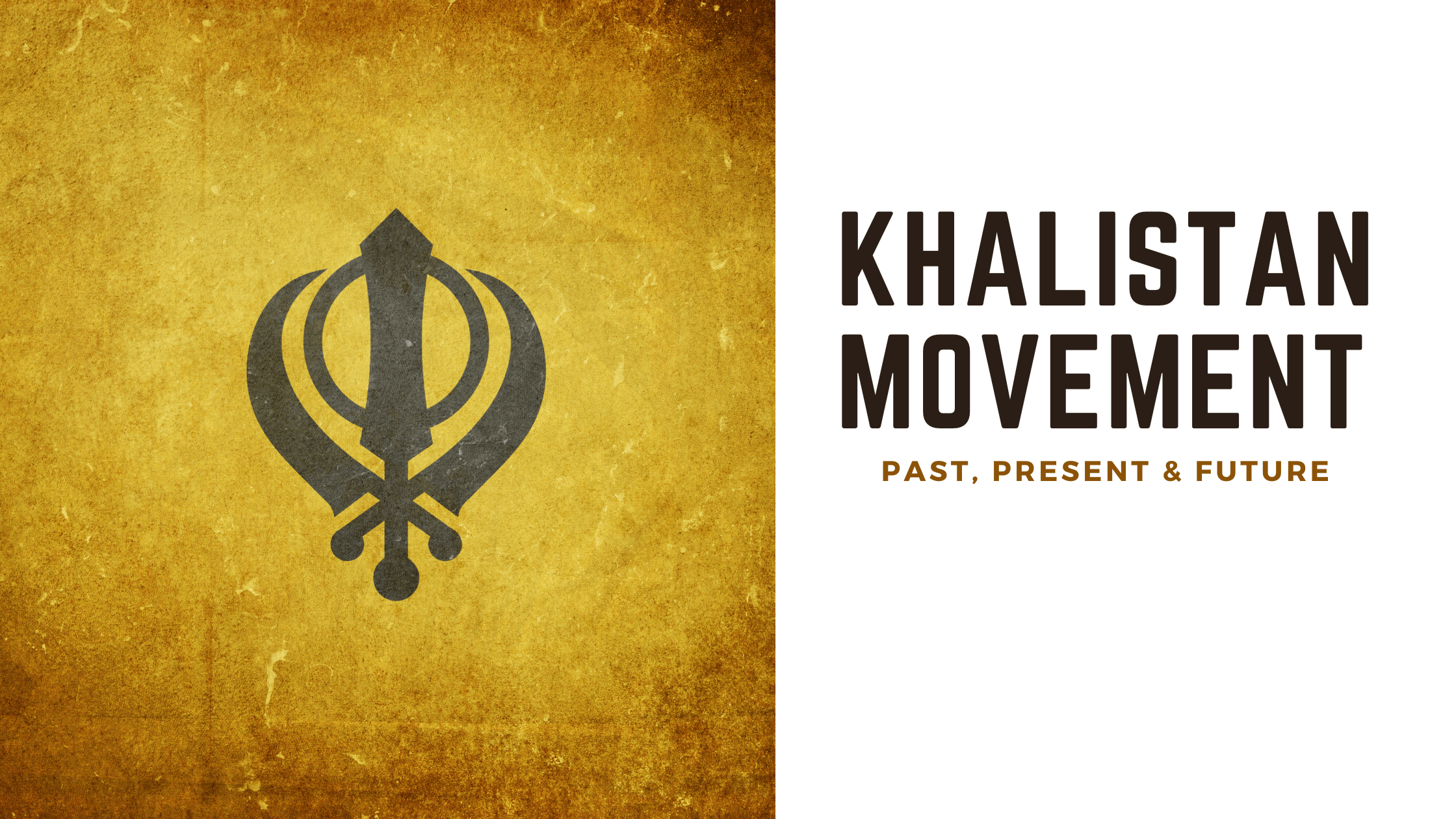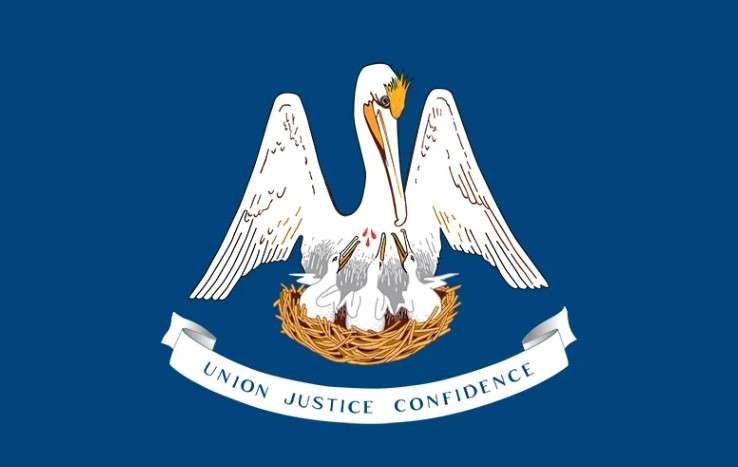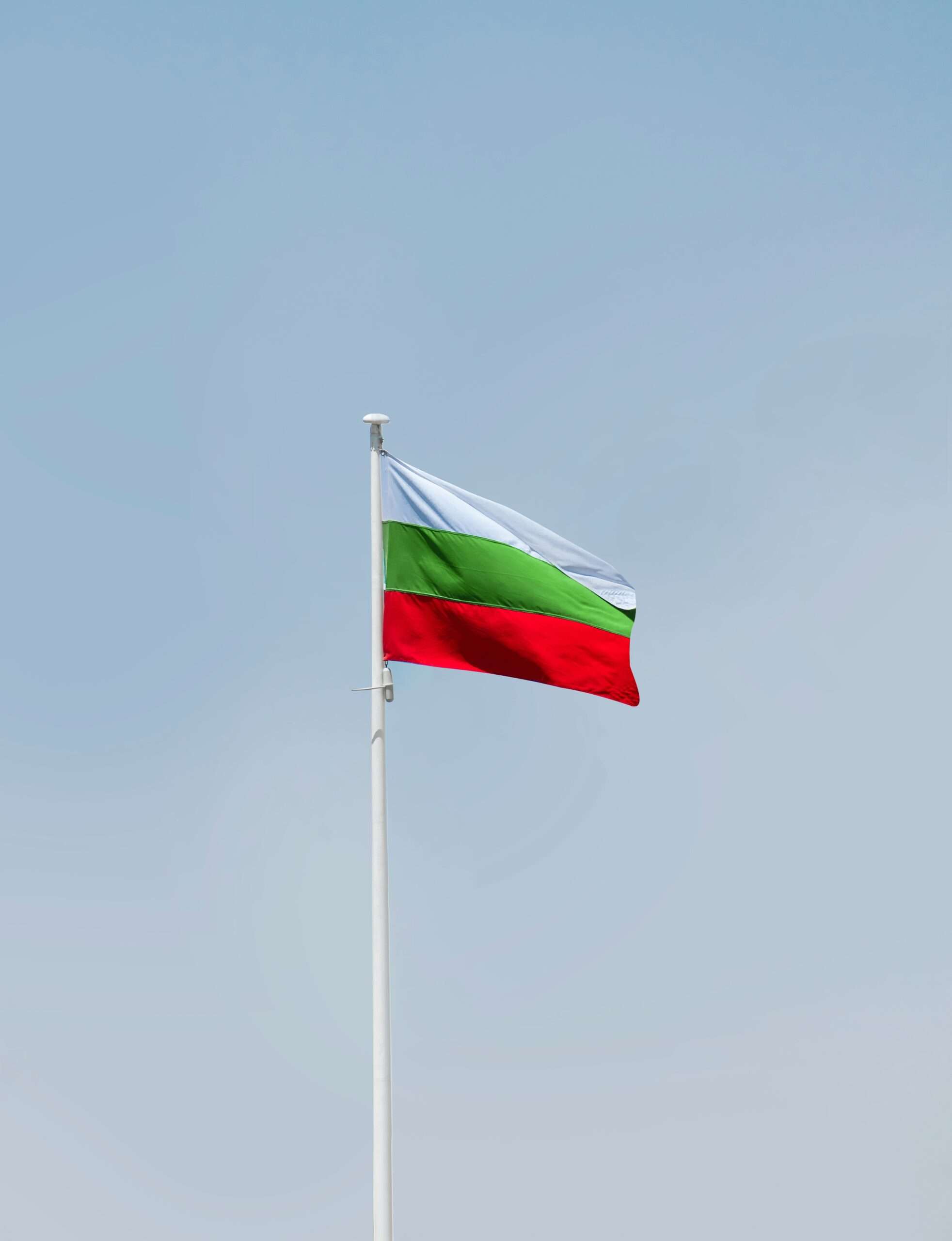Is Khalistan a part of India?
No! It’s not one of the 28 States or 8 U.T.s, but who knows; the near future might approve this 36 years of struggle. However, that will not add a state to the nation but subtract one or two!
Where is “Khalistan” located?
To answer in a single line: in the hearts of a few separatist Sikhs!
Well, it’s a potential state that still abstracts in the hearts and minds of an assembly of Sikh rebels.
The Khalistan movement is a separatist movement in Punjab, India, which is a complex, controversial and divisive political development that has been ongoing since the 1980s.
The campaign was initially started by those who wanted to form their sovereign state of Khalistan.
The leader of the Khalistan movement was Jarnail Singh Bhindranwale.
He was killed during Operation Bluestar when the Indian Army raided gurdwaras in Punjab on July 29th, 1984.
Although the Khalistan movement has been ruled illegal by the Indian government, it has been on the rise since the early 20th century!
From the fluttering of the Khalistan flags found tied on the doorway of the Red Fort and the walls of the Himachal Pradesh Legislative Assembly to the echoing of pro-Khalistan slogans inside the holy premises of the Golden Temple, slogans such as “Khalistan Zindabad” echoed higher, mixed with chants of “Hindu dogs! Death to them!” — the year 2022 has been seeing an upsurge in the redemption of the Khalistan movement!
There have been terror and violence, with much police intervention, putting quite a few people behind bars.
Although the government successfully suppressed this, and currently, it’s in much of a dormant state, the Sikhs living in Canada, the U.K., the USA, and Pakistan are still pumping money and ideological support into the struggle to revive the movement.
Overview of the Khalistan Movement
| Image source: https://samajho.com/upsc/khalistan-movement/ |
Firstly, the name of the movement gained its fair momentum from the concept of Khalsa, which is central to Sikhism and their religion. Khalsa refers to a person initiated into their faith through baptism or initiation ceremony known as Amrit Sanchar (or Amrit Ceremony).
This ceremony involves drinking holy water (Amrit) mixed with milk or ghee (from an animal sacrifice). The initiate must repeat a set of mantras while drinking it.
The Khalistan movement has been going on since the 70s and is an attempt to create a separate and independent country. It is being led by the Sikh separatist organization, the Khalistan Commando Force (KCF), with its evident heads based in Canada, the United States, and Pakistan.
The Khalistan movement aims to create an independent state called Khalistan out of the Punjab region in India, where Sikhs are the majority population and Hindus are the second largest population after Muslims. To achieve this aim, they want all Indian citizens who belong to this religion to be granted proper constitutional rights.
Khalistan movement: Why were the Sikhs seeking independence
| Image source: https://i.pinimg.com/550x/37/0b/d5/370bd528d035170257f7ecfbd9670479.jpg(Pinterest) |
The concept of Khalsa is an essential aspect of Sikhism. It refers to the Sikh belief that they must follow their religion without interference from outside sources such as governments or religions.
Sikhs cannot participate in any ceremonies where they wear Indian clothes or eat Indian food because this will be considered treason against their religion.
The concept of Khalsa originated from Guru Gobind Singh’s teachings, who said, “Those who are not Sikhs but follow the Sikh faith and do not participate in anti-Sikh activities should be accepted as Sikhs.”
He further mentioned, “If anyone does not obey my order for service, he will be punished with death.”
With such strict rules and principles, it was hard for Sikhs to go against them due to fear of punishment.
It is believed that the tenth guru of Sikhism, Guru Gobind Singh initiated the first Khalsa in 1699 A.D., which gave an impetus to Sikhism and Sikh identity.
However, when Baba Deep Singh came back from Mughal captivity after 12 years, he brought back many changes to Sikhism which were deemed against Guru Nanak’s teachings and thus led to the formation of the Khalsa Panth or Khalistan (Sikh nation).
The detailed history behind the Khalistan movement — Back on the Eve of Independence:
Before Independence
The movement owes its seed to the British colonial policies of the late 1800s that sought the divide and rule policy. This was primarily used as a weapon to create differences between the Hindus and the Sikhs. The recruitment of the Sikhs in the Army against the Hindu rulers.
The deep-rooted resentment stayed even after the Independence and resulted in lasting grievances of many Sikhs against the Indian government.
After Independence
Post Independence in 1947, when India became a Republic, Punjab was partitioned, so it became two separate states—India and Pakistan.
The demand for Khalistan comes from those who believe that they are not being treated fairly by either of the two nations: neither India nor Pakistan.
The Akali Dal – a political party with a Sikh majority, had sought to create a separate Sikh Suba or Province, which further instigated the establishment of a sovereign state.
However, the petition was rejected by the States Reorganization Commission.
Still, the seeds of the Anandpur Sahib resolution kept the Sikh passion high. They sowed the origins of the Khalistan movement, which demanded autonomy for the state of Punjab. A few identified regions as a part of this separate state with its right and sovereignty to frame its internal constitution.
The movement was taken forward by Jarnail Singh Bhindranwale, whose ideologies transformed it into an extremist movement and turned it against the Indian government, leading to violent protests and relentless killings of high-profile personnel.
Since the movement leader fashioned and directed all of these from inside the Golden Temple— an operation was released by the government to capture him called the BlueStar Operation, and consequently, not only was Jarnail Singh killed, but this led to the assassination of the then Prime Minister, Indira Gandhi’s as well, causing wide-spread genocide and anti-national feelings across the nation!
Khalistan Liberation Force, Khalistan Commando Force, Babbar Khalsa, and various other extremist groups gained prominence and roamed freely across Punjab. However, it was for the efforts and patriotism of the Sikh commoners who sided with the government during those times of upheaval and helped to defeat the upsurge in the 1990s.
The Punjab Reorganization Act 1966
In 1966 the Punjab Reorganization Act was passed by the ‘Shah Commission, appointed by the Indian government to demarcate the boundaries of Punjab and Haryana. This act divided Punjab into Punjabi Suba and Haryana. However, even though Haryana had accepted the act, it was opposed by the Akalis to an extent where Sant Fateh Singh threatened to go on ‘fast unto death as a protest against it. Consequently, all the standard links between Punjab and Haryana were removed meeting their demand for having a separate area for the ‘Punjabi speakers. Punjab, therefore, became a Sikh majority state and this decision was finally welcomed by Shah Fateh Singh and the Akali Dal.
Threats imposed by the Khalistan movement in India
The Khalistan movement has been active since the 1980s and has caused many deaths and injuries. The campaign is led by a group called Babbar Khalsa International (BKI) and is currently one of India’s most dangerous threats.
Here are some threats of the Khalistan movement :
- This movement opens a door for Pakistan’s Inter-Services Intelligence (ISI), which has been constantly seeking opportunities to link terror in the Kashmir and Punjab regions.
- The chances of losing potential states and shrieking as a united power is ever threatening.
- The portrayal of false narrative illustrations in favor of the notion that the Sikh interests would remain safeguarded only in the hands of a separate and independent state may lead to further riots and anti-nationalistic activities.
- The movement gives a significant cause of terror among civilians, given the violent campaigns, terrorist associations, bombings, repeated assassinations, kidnappings, and selective killing and massacres of civilians.
- As the movement links up countries like Canada, the U.K., the U.S., and Pakistan— it threatens our nation’s foreign relations.
- Imposes considerable threats to the relationship between the states and the center.
- This movement charges up anti-Hindu propaganda, which is against the laws of democracy and secularism.
- Rekindling the ideologies of the Organization for Minorities of India (OFMI), notably founded by Jarnail Singh to engage in anti-India and anti-Hindu activities, leading to multiple doorways for smuggling in the country.
- It’s inviting and instigating terrorism in the country.
Conclusion
The government is firmly standing against all efforts fuelling the movement and is consistently working with the foreign governments urging them to continue the investigation against the pro-Khalistan groups.
It also provides monetary and social support to the victim’s families of this movement. It is actively trying to trace the active spots of these terror groups through physical and digital means.
However, it’s upon us too, to take up inspiration and follow the directive principles itched in our constitution in times of grave turmoils. We, as responsible citizens, must pledge to save our country’s unity and safeguard its democratic and secular principles in the face of every adversity and hand over every piece of information which invokes our suspicion and threatens our patriotic sentiments.
By: Kajal Agarwal



